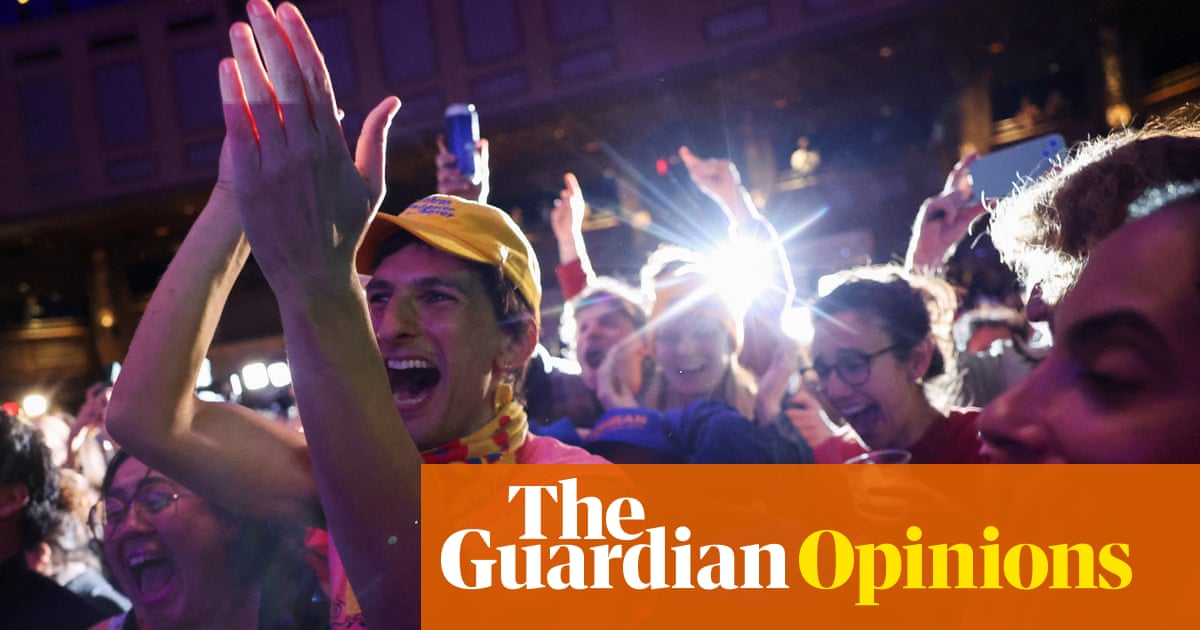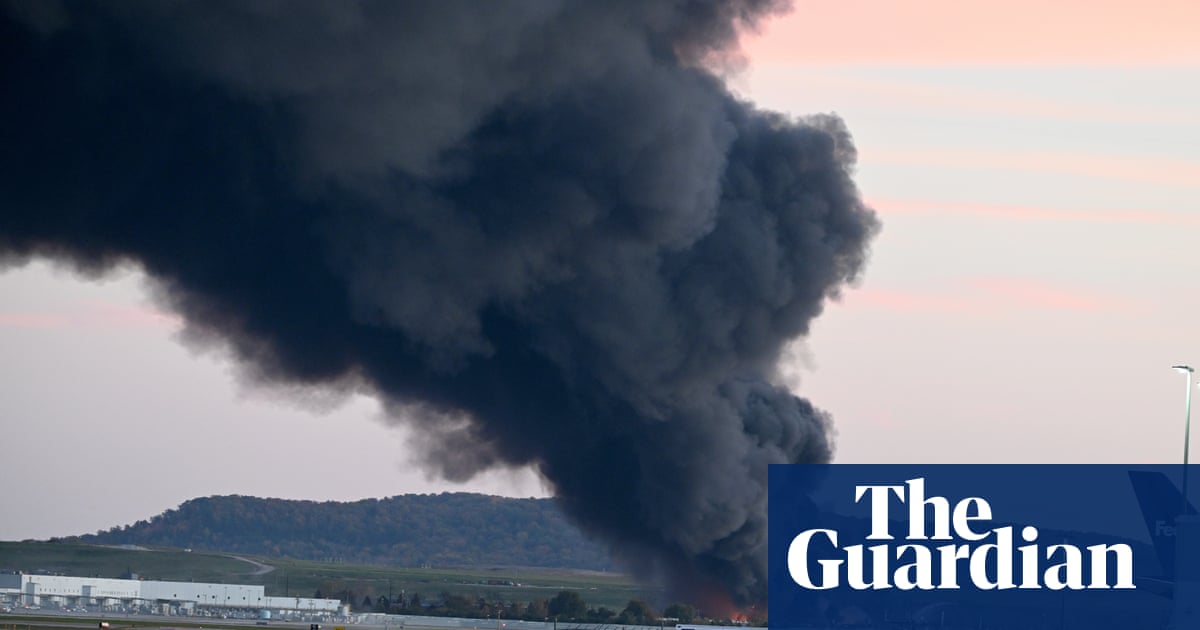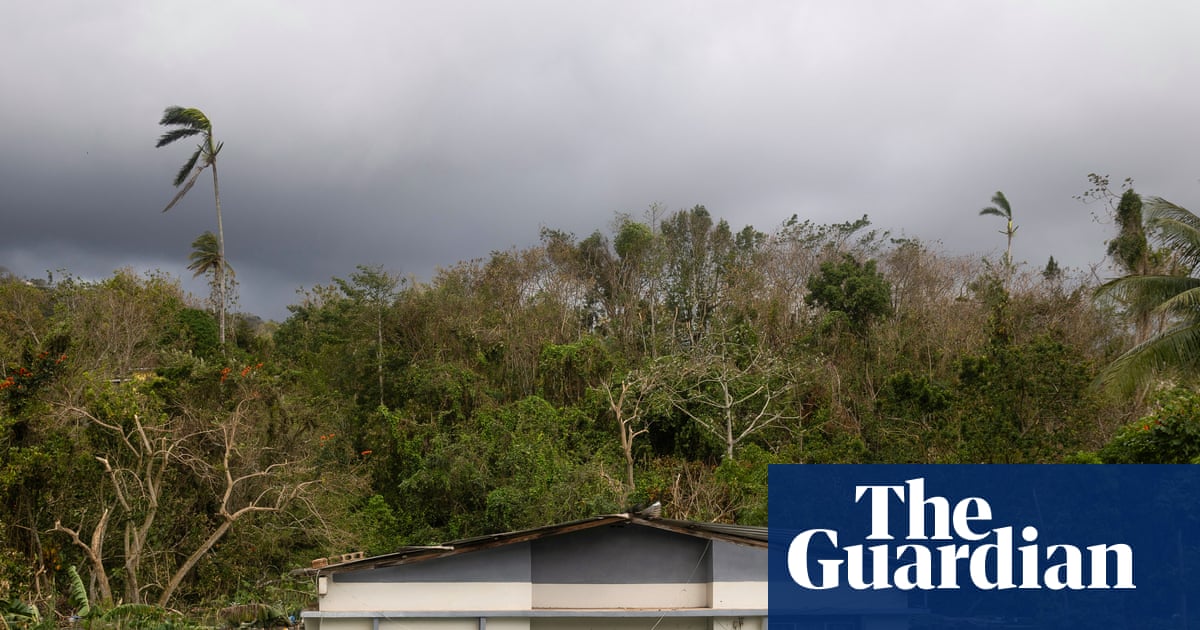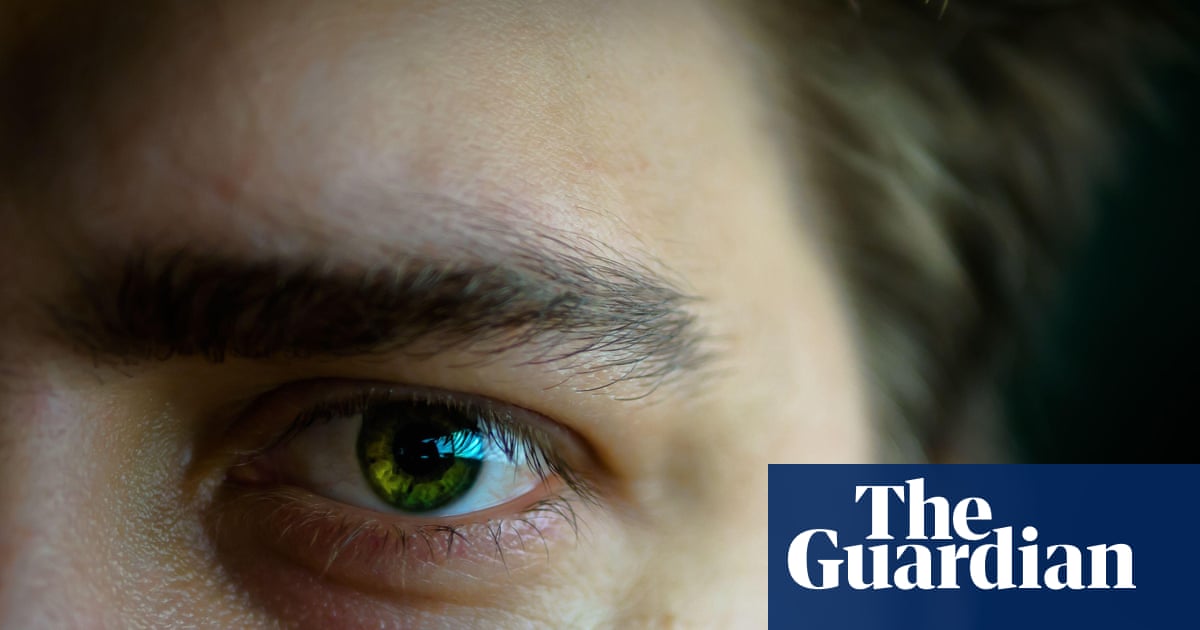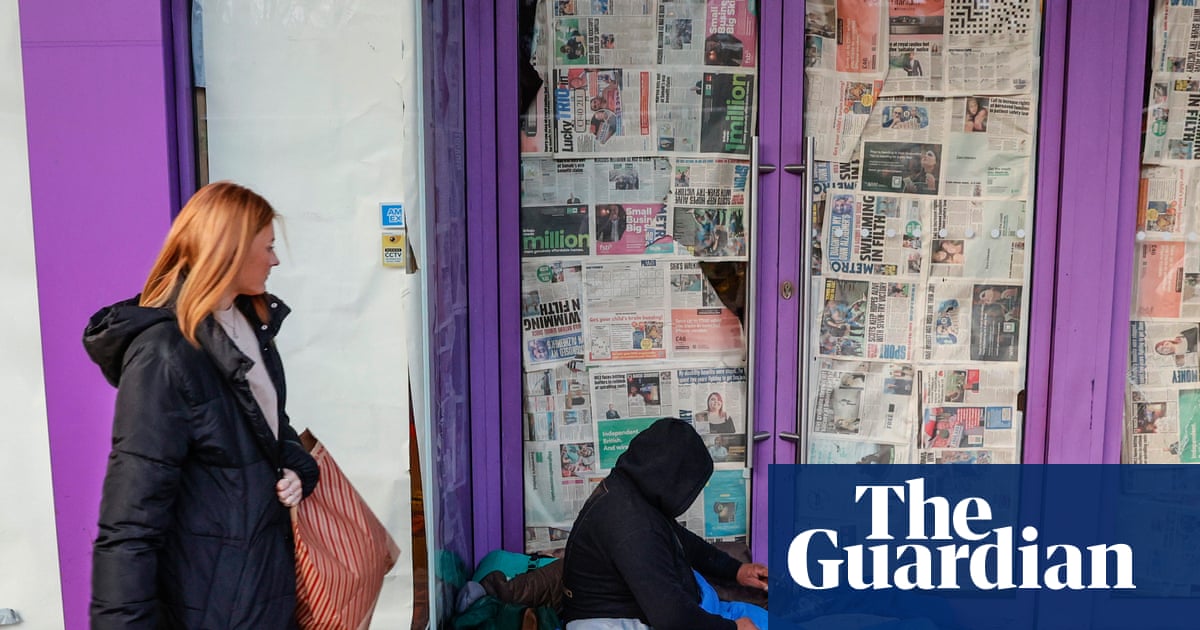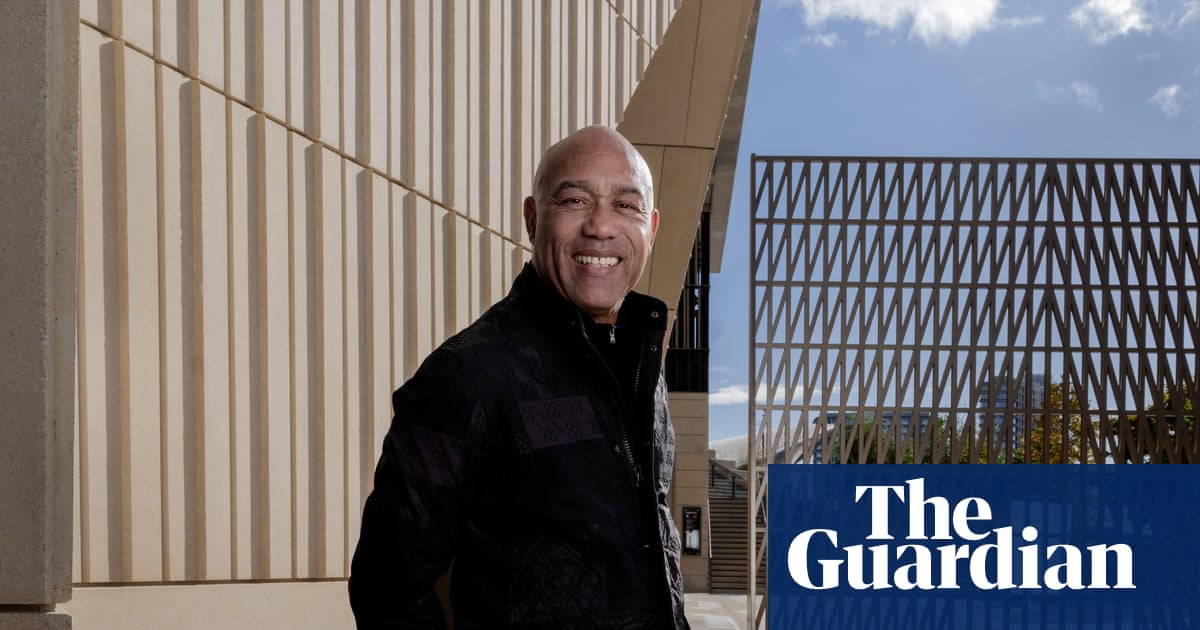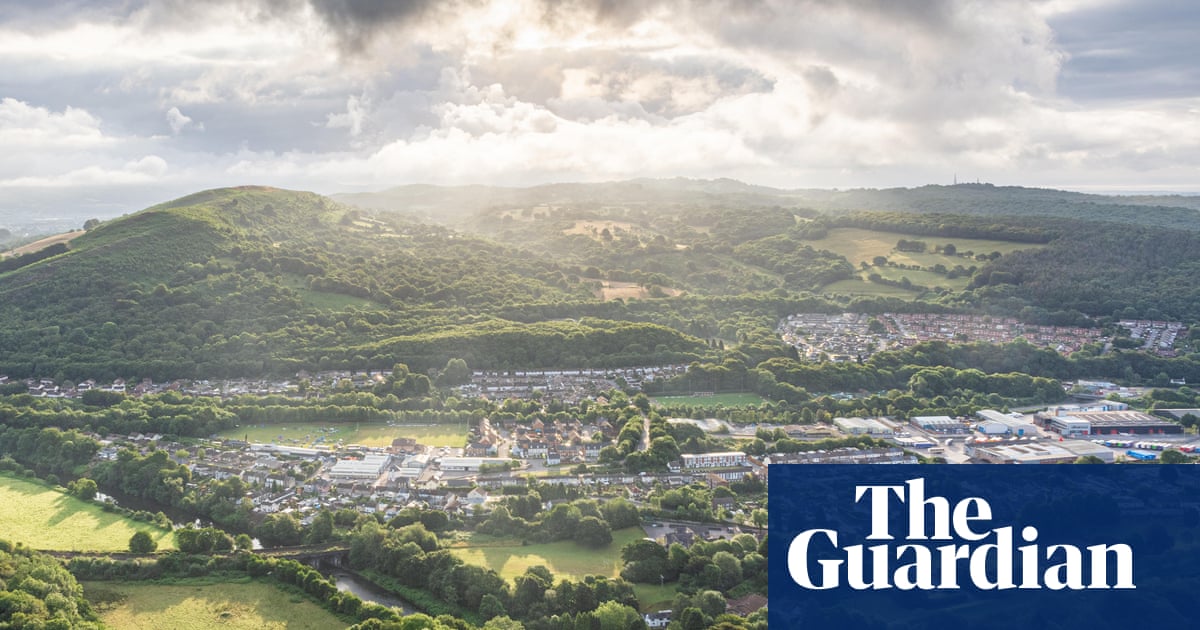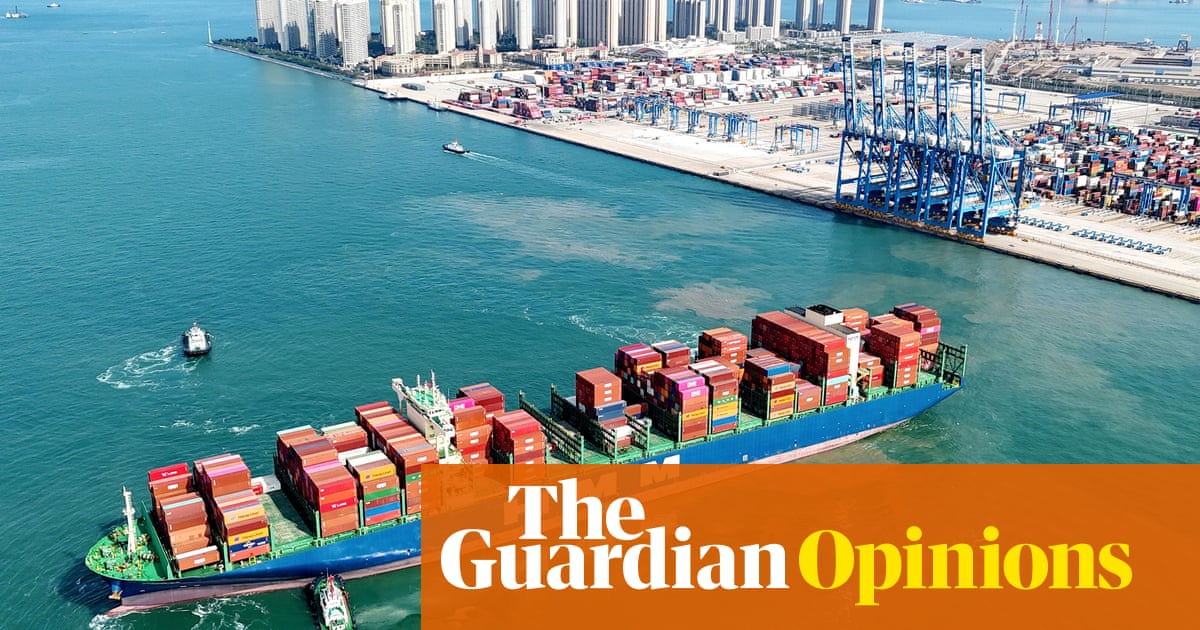Buenaventura is the most important port on Colombia’s Pacific coast, handling about 40% of the country’s foreign trade and acting as the gateway to the Uramba Bahía Málaga national natural park. Every year, tens of thousands of tourists arrive there, heading to the village of Juanchaco or the beaches of Ladrilleros and La Barra.
But the coast around Juanchaco, in the Valle del Cauca department, is experiencing accelerated erosion that has already left damaged streets, collapsed homes and a local economy exposed to the elements.
Since the second half of 2024, more than 3,000 families have been affected in Juanchaco, La Barra and Ladrilleros. In Juanchaco, erosion has destroyed more than 100 metres of coastline and compromised another 800; in La Barra, nearly 60% of inhabited land has been lost, according to the National Unit for Risk Management.
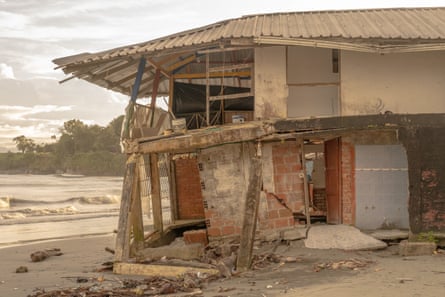
-
On the beach front in Juanchaco, damage caused by the rising tides has forced some people to evacuate their homes
The phenomenon known locally as puja, the intense high tides that occur every fortnight, has destroyed 22 homes and damaged another 39 in Juanchaco alone. The community has improvised defences with sandbags and ditches, but many residents have been forced to relocate to higher ground. In August 2024, the Valle del Cauca governor’s office declared a state of public calamity and is monitoring the damage to the coastline.
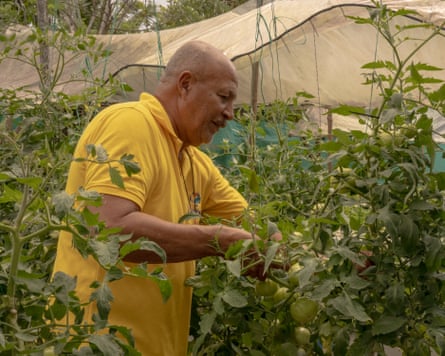
-
Jesús Hernando Gamboa, marine biologist and Juanchaco community leader, inspects his hydroponic tomato crop
“Gradually, the beach is pushing us back. The sandbags won’t protect us completely, and some people have lost their homes. It’s becoming inevitable,” says Jesús Hernando Gamboa, a marine biologist and community leader. He worked for several years as a teacher and researcher in communities along Colombia’s Pacific coast. Today, he has a hydroponic farm on the Pacific coast. It is a personal venture that he hopes to replicate in several locations to promote food sovereignty.
In addition to homes, the tourist pier in Juanchaco, at the southern end of the beach – the artery through which passengers, food and medicine enter – and internal access roads have been affected, making logistics more expensive, reducing boat frequencies and putting pressure on basic public services.
But this story is not only one of loss. It is also about deeply rooted Afro-Colombian communities choosing to relocate within the territory – moving to slightly higher elevations or protected plots rather than abandoning it. This “staying in a different way” is leveraged by community tourism, which has been developing for decades around the Uramba Bahía Málaga national natural park, managed under a joint scheme involving four of the six community councils (Chucheros, La Plata Bahía Málaga, Juanchaco, Ladrilleros, La Barra and Puerto España). Shared governance has made it possible to organise activities, train local guides and maintain standards for responsible whale watching, the heart of the tourist season between July and October.

-
Giant sandbags are the most common measure, and to some extent the most effective, in curbing the impact of rising tides
Tourism generates an alternative income to fishing, finances community work to reinforce embankments and coastal defences, and supports those who choose to relocate internally rather than move to the port city.
Herlin Caicedo grew up in Juanchaco and is now the owner and operator of a tourist boat. “It is surprising to see how my house is suddenly surrounded by water and I have to take the boat to go to the shop or get wet or wait hours to be able to walk out,” he says.
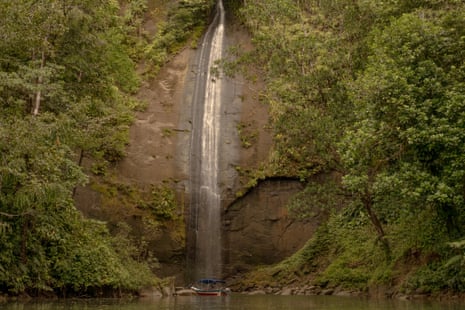
-
La Sierpe, a cascade of fresh water, flows directly to the sea and is a main tourist attraction in Uramba Bahía Málaga national natural park

-
Juanchaco’s main street – the area attracted more than 62,500 visitors in 2024, most of them for the whale watching
Adela Mosquera, a producer of the local alcoholic drink viche, is committed to preserving traditional beverages. “At the end of the day, our knowledge, our traditions and our ancestry are what we have, what represents us, what we are,” she says. “That is why I make viche, and that is what I give to tourists so that they can learn about my land while we are still here.”
In 2024, the Buenaventura mayor’s office reported more than 62,500 visitors during the tourist season. More than 40,000 of those went whale watching in Buenaventura Bay and Bahía Málaga, bringing in an estimated 43bn pesos (£8m) through accommodation, food, guided tours, crafts and local transport.

-
Herlin Caicedo arrives in the centre of Juanchaco after an afternoon sightseeing tour to find the village flooded
-
Smoked ray is commonly used in traditional local dishes
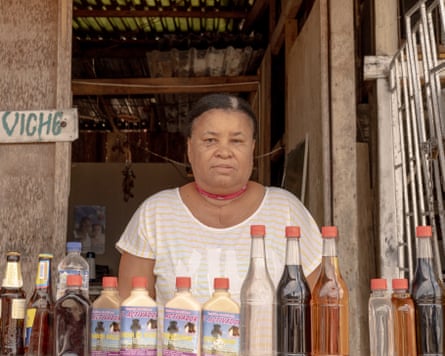
-
Adela Mosquera sells home-brewed viche and other products made in her workshop in Juanchaco
Bahía Málaga is an important breeding ground for humpback whales. Conservation of the protected area – 47,094 hectares (116,372 acres) of mangroves, estuaries and low-lying coastline – depends on agreements with community councils and tourism operating rules that regulate sighting distances, quotas and schedules.
The challenge of coastal erosion, however, requires more than local resilience. National risk authorities have recognised the urgency of coastal engineering studies and combined hard and soft solutions: from breakwaters and artificial reefs to beach recovery and frontline land use planning. Every metre of beach lost pushes up the costs of community tourism, such as security, accessibility, pier maintenance – and the ability of families to stay.
As it crumbles, this territory is reinventing itself. While the sea eats away at streets and houses, the community builds wooden hostels, cooks encocado (a coconut fish dish) for travellers, and guides tourists to mangroves and waterfalls. That is resistance: not giving up, but moving a little farther inland; not surrendering to the sea, but establishing a dialogue with it.

-
Logs used to help protect buildings wash up on the beach in Juanchaco

 1 month ago
61
1 month ago
61



